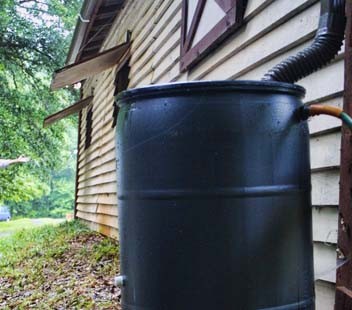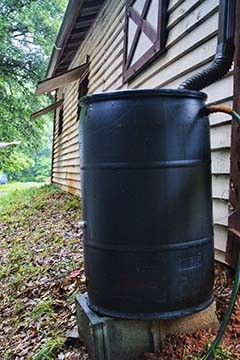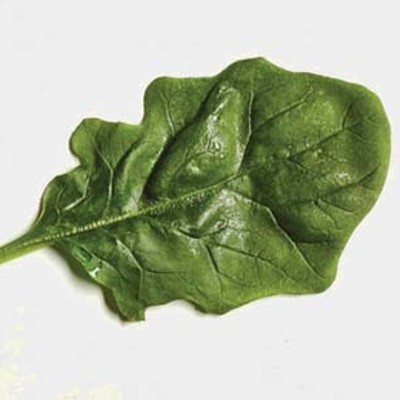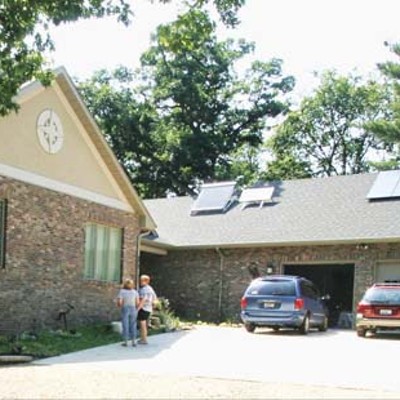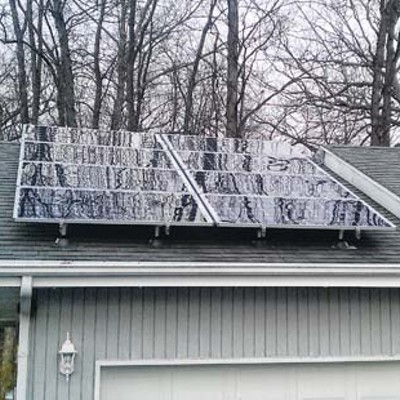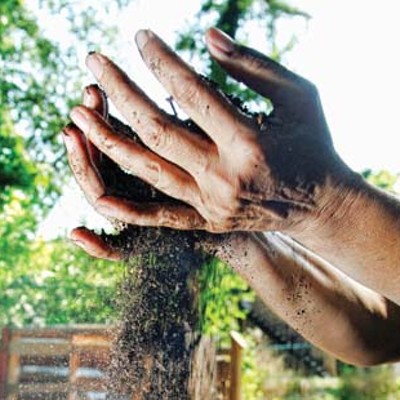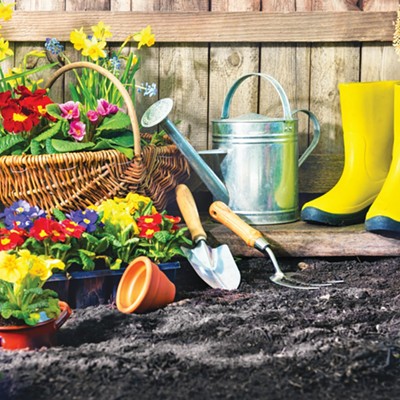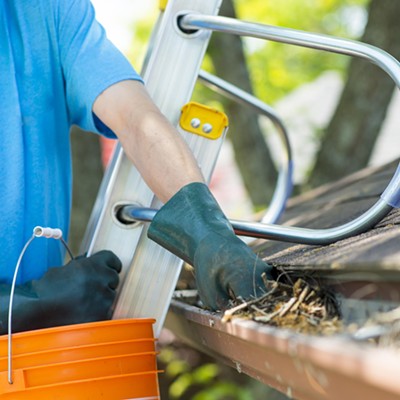The drought of 2012 took a great toll, not only on the plants in the garden, but also on the gardener’s wallet.
“It was tough for some gardeners to decide which plants to water and which to let survive on their own,” said University of Illinois horticulture educator Candice Miller. “Unfortunately, if a gardener did decide that watering was absolutely essential, they likely saw an increased water bill the next month.”
This year, putting in a rain barrel or multiple rain barrels could be an excellent way to reduce this rise in the water bill.
Rain barrels come in a variety of sizes, shapes and styles that are available in the garden center or from catalogs. All are basically the same setup: a container to hold the water, a point into which water from the downspout can be directed, and a spigot to allow water to be removed. Connectors and diverters may also be included.
“These barrels can also range greatly in price, from as low as $50 up to more than $150,” Miller said.
A more economical option is to make a rain barrel. For about $20 in supplies, one can make a rain barrel using a trash can or recycled plastic barrel, a spigot, washers, nuts, sealant, landscape fabric and some basic tools. All these items can be purchased at the local hardware store.
Drill a hole near the base of the trash can into which the spigot is inserted, using the sealant to ensure a good water-tight seal. The nut is then inserted onto the threads of the spigot from the inside of the barrel, ensuring that the spigot fits tightly. A hole cut in the top of the barrel’s lid allows water from the downspout to enter. Landscape fabric can also be placed underneath the lid to prevent mosquitoes from entering and laying eggs.
“Various versions of assembly instructions for rain barrels are available online,” said Miller.
Miller added that she recently spoke with a gardener who participated in Extension’s rain barrel workshop last summer and has since put in five rain barrels around his house.
“This gardener was able to reduce his water bill significantly by using these barrels and has plans to put in more,” said Miller. “The small amount of work expended to make a simple rain barrel can really pay off in the long run.”
For more details and safety information regarding rain barrels, visit the U of I Extension website at http://web.extension.illinois.edu/state/index.html.

